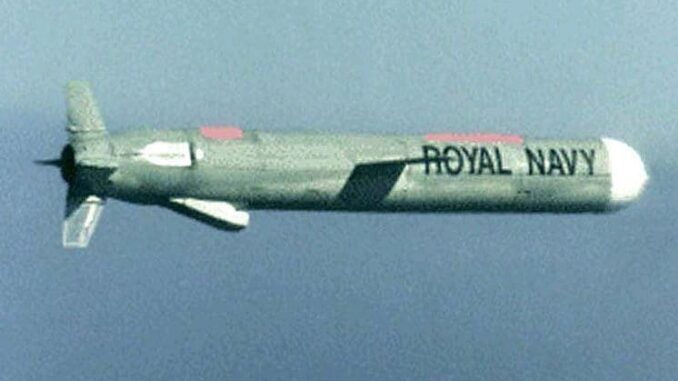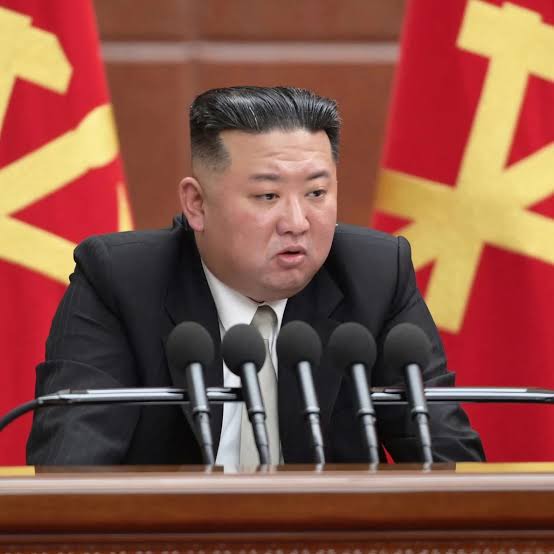
According to a report by The Telegraph on Friday, Oct. 17, 2025, few tactical weapons in modern warfare have had the strategic, psychological, and physical impact of the Tomahawk cruise missile. It was this weapon that dismantled Saddam Hussein’s air defences and later those of Muammar Gaddafi, enabling Western air forces to neutralize their armies and bring their regimes to an end.
In Ukrainian hands, Tomahawks could be a decisive game-changer. If Kyiv could neutralize Russia’s highly advanced S-400 missile systems, it would gain control of its own skies, allowing its growing air power to target Russian forces more effectively. This approach mirrors the tactics that overwhelmed Iraqi and Libyan armies with minimal losses to their adversaries. The addition of Tomahawks to Ukraine’s arsenal could potentially signal the end of Putin’s war or even Putin himself, much like Saddam and Gaddafi before him.
Having witnessed the Tomahawk’s capabilities firsthand in Iraq and the Balkans, I can attest to its devastating power. Its reputation is well known, even in Moscow, where the Kremlin is reportedly pressing President Trump not to arm Ukraine with the missile. Belarusian President Lukashenko has gone so far as to threaten nuclear retaliation, highlighting both the fear and the absurdity of the Russian stance.
What sets the Tomahawk apart is its ability to traverse heavily defended airspace and strike precise targets over long distances. Originally developed to carry nuclear warheads through Soviet air defences, the missile has been continuously upgraded and battle-tested against foes equipped with Russian systems. Its recent use against Iranian targets demonstrates its precision and reliability. While typically launched from ships or submarines, land-based launchers are also available, which Ukraine could deploy effectively.
Beyond destroying air defences, Tomahawks could target Russia’s vital energy infrastructure. Oil remains the lifeblood of the Russian economy, and disruptions to fuel supplies are already causing unrest among Moscow’s elite. While Russian conscripts largely shield the general population from battlefield casualties, shortages at petrol stations and restrictions on travel have sparked protests and anti-Putin sentiments in urban centers, a development that would have been unthinkable weeks ago.
Putin, once confident at the Alaska summit, now appears unsettled. The looming threat of Tomahawks over his S-400s and oil facilities may outweigh his tolerance for diplomatic pressure. The key question remains whether President Trump will deploy this “Tomahawk stick” during or ahead of the Budapest summit, leveraging it to deliver a decisive advantage for Ukraine or whether he will hesitate, as critics argue he did in Alaska.
The symbolism of Budapest is not lost: it was here in 1994 that Ukraine surrendered its nuclear weapons in exchange for security guarantees, which began unraveling with the 2014 Russian invasion. If Trump seeks to solidify his reputation as a major peacemaker and secure his place in history, the Tomahawk missile may well be the instrument to do it. See, More, Here>>>>
Explore More News By Using The Button Above








Leave a Reply